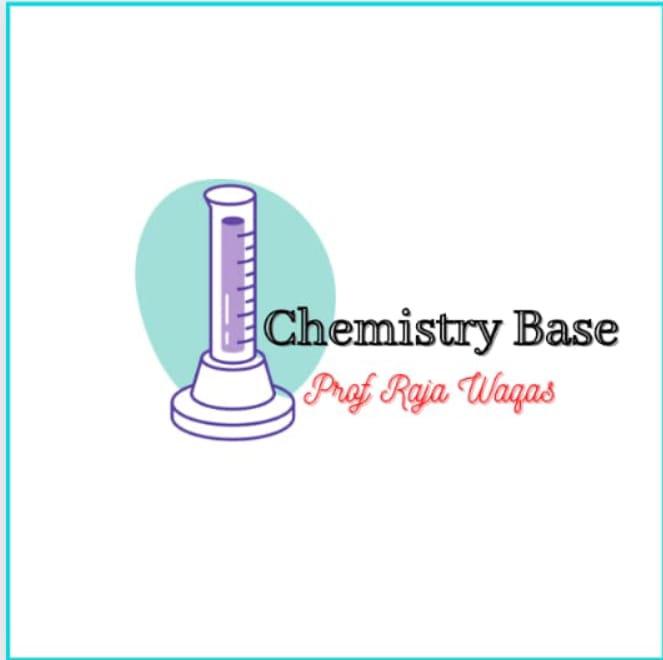ALKYNES:
Alkynes are unsaturated hydrocarbons which contain a carbon-carbon triple bond.
They can be represented by the general formula CnH2n-2.
The first and most important member of this series is acetylene and hence these are generally called acetylenes.
The carbon-carbon triple bond is therefore called acetylenic bond.
Rules for Nomenclature and Alkynes: ( IUPAC)
Following are the some rules
1. Select longest continuous chain of carbon atom containing triple bond.
2. Name of compound must end on yne .
E.g ethyne propyne etc
3.Give triple bond least possible number.
4.Substiutnt name is always written before parent name.
5.Position of triple bond must be mentioned.
6.Position of substituent must be mentioned before name
7.If more then one similar type of substituents are present we will use the term di For 2 Tri for 3
Tetra for 4
8.If different type of substituents are present we will follow alphabatical order .
9.If more then one triple bonds are present we will use the term diyne for 2triple bonds and triyne for 3 triple bonds.
Examples:
H-C≡C-H Ethyne
H–C≡C-CH3 Propyne
CH3-CH2-CH2-C≡C-CH3 2-Hexyne
H-C≡C-CH2-CH2-CH2-CH2-CH3 1-Heptyne
H-C≡C-C≡C-H 1,3-Butadiyne

